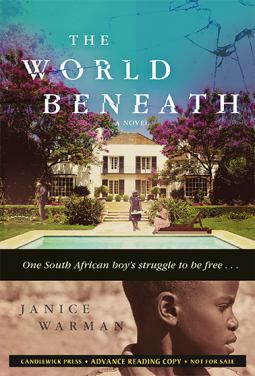 One might ask why there is a need for yet another version of The Taming of the Shrew since Shakespeare did a fine job with the first one and multiple productions have followed in various forms with plays, opera, musicals, ballet, film, TV, and radio. My personal favorite was seeing Cole Porter’s Kiss Me, Kate on Broadway with a younger generation group who wondered how I knew all the songs. Yet, all the convincing I needed for an updated version was to see that Anne Tyler had written this one. I read an advance reading copy of the book that goes on sale June 21 furnished by Net Galley .
One might ask why there is a need for yet another version of The Taming of the Shrew since Shakespeare did a fine job with the first one and multiple productions have followed in various forms with plays, opera, musicals, ballet, film, TV, and radio. My personal favorite was seeing Cole Porter’s Kiss Me, Kate on Broadway with a younger generation group who wondered how I knew all the songs. Yet, all the convincing I needed for an updated version was to see that Anne Tyler had written this one. I read an advance reading copy of the book that goes on sale June 21 furnished by Net Galley .
Vinegar Girl, set in today’s world, begins with Kate Battista answering the phone. Her father, Dr. Battista, wants her to bring his lunch. So begins the strangeness since he distrusts telephones and forgets his lunch about twice a week without noticing it. Irritated at being interrupted, she follows his request. The left lunch and phone call finagle Kate into meeting the doctor’s assistant Pyotr Shcherbakov.
As if Kate didn’t have enough trouble keeping up with some version of tact with the kindergarteners and their parents at work and running the house for her peculiar scientist father and spoiled, prettier, younger sister Bunny, now her father wants her to salvage his impending scientific breakthrough. Pyotr’s time in the country is almost up, and Dr. Battista needs his help to bring the project to completion. If only Pyotr and Kate can fall in love and get married – or just get married – all will be saved. Needless to say, Kate is furious at being manipulated by the two men.
If you are familiar with Shakespeare’s story in one of its many iterations or have read the synopsis, you can guess where this is going and enjoy making comparisons. If you have read Anne Tyler before, you will know she makes her characters unique and interesting. If you haven’t experienced either, it doesn’t matter. The novel will stand alone. Anne Tyler knows how to give the old tale a new humorous twist and create a nice diversion for her readers.
































